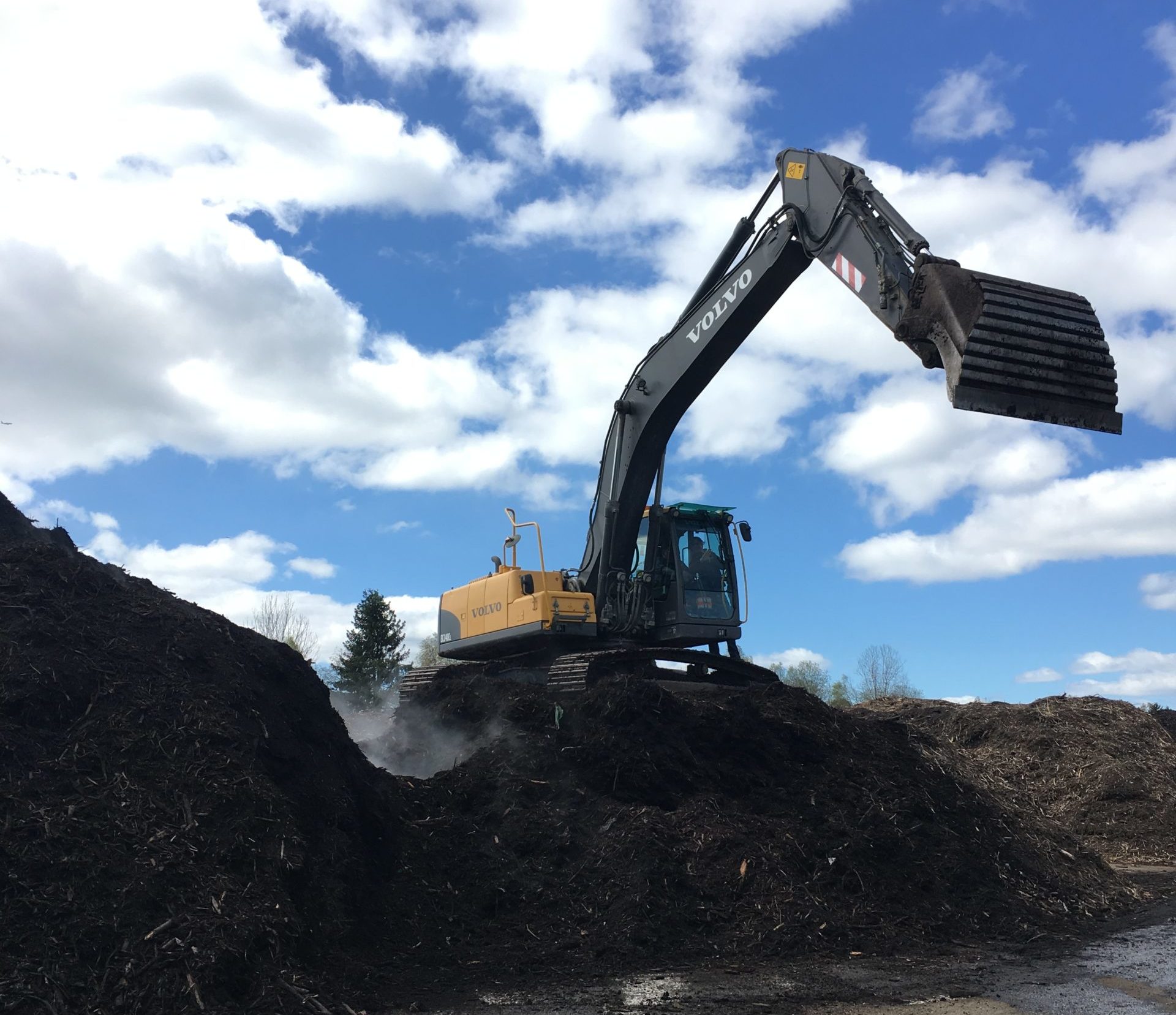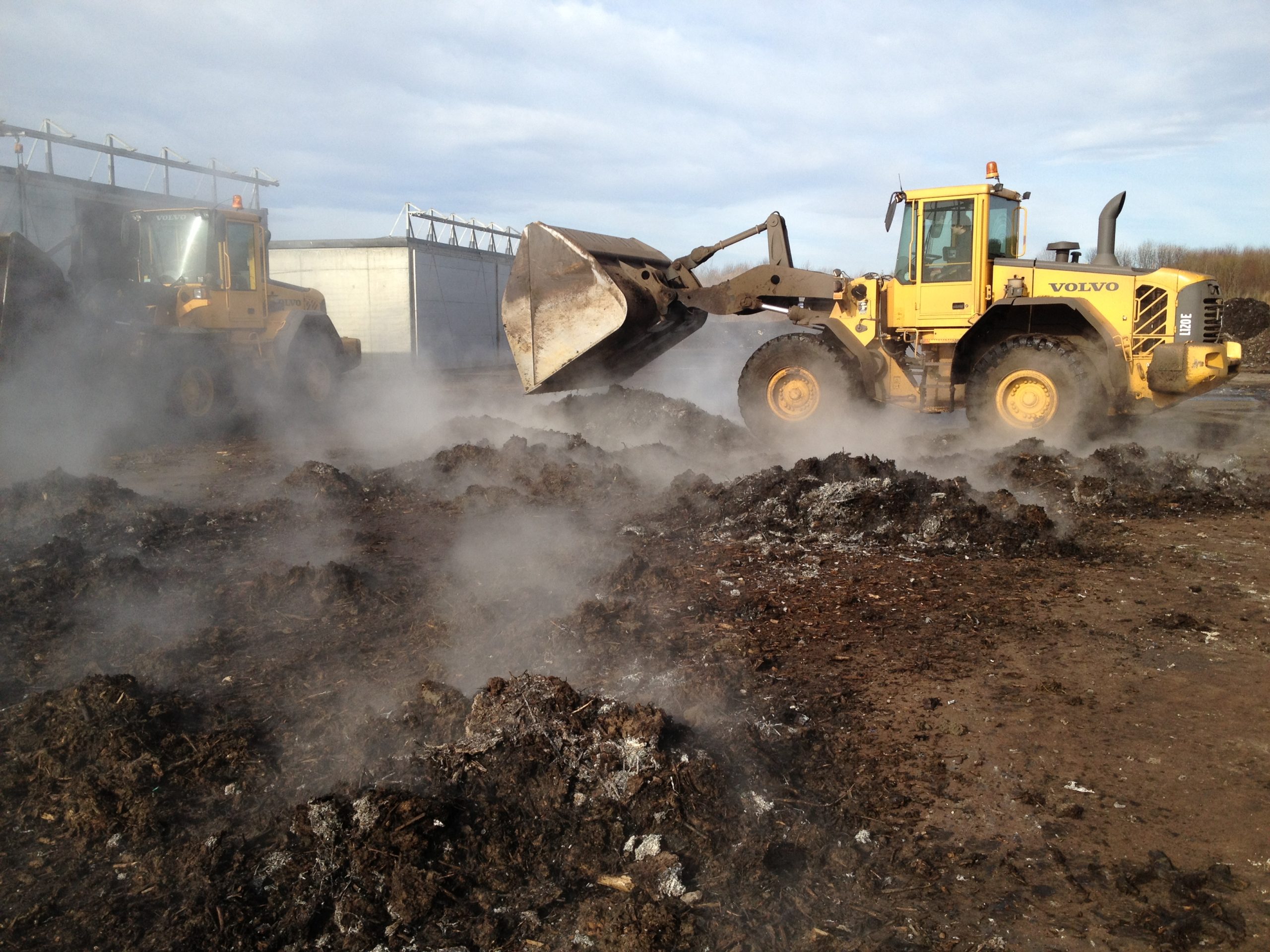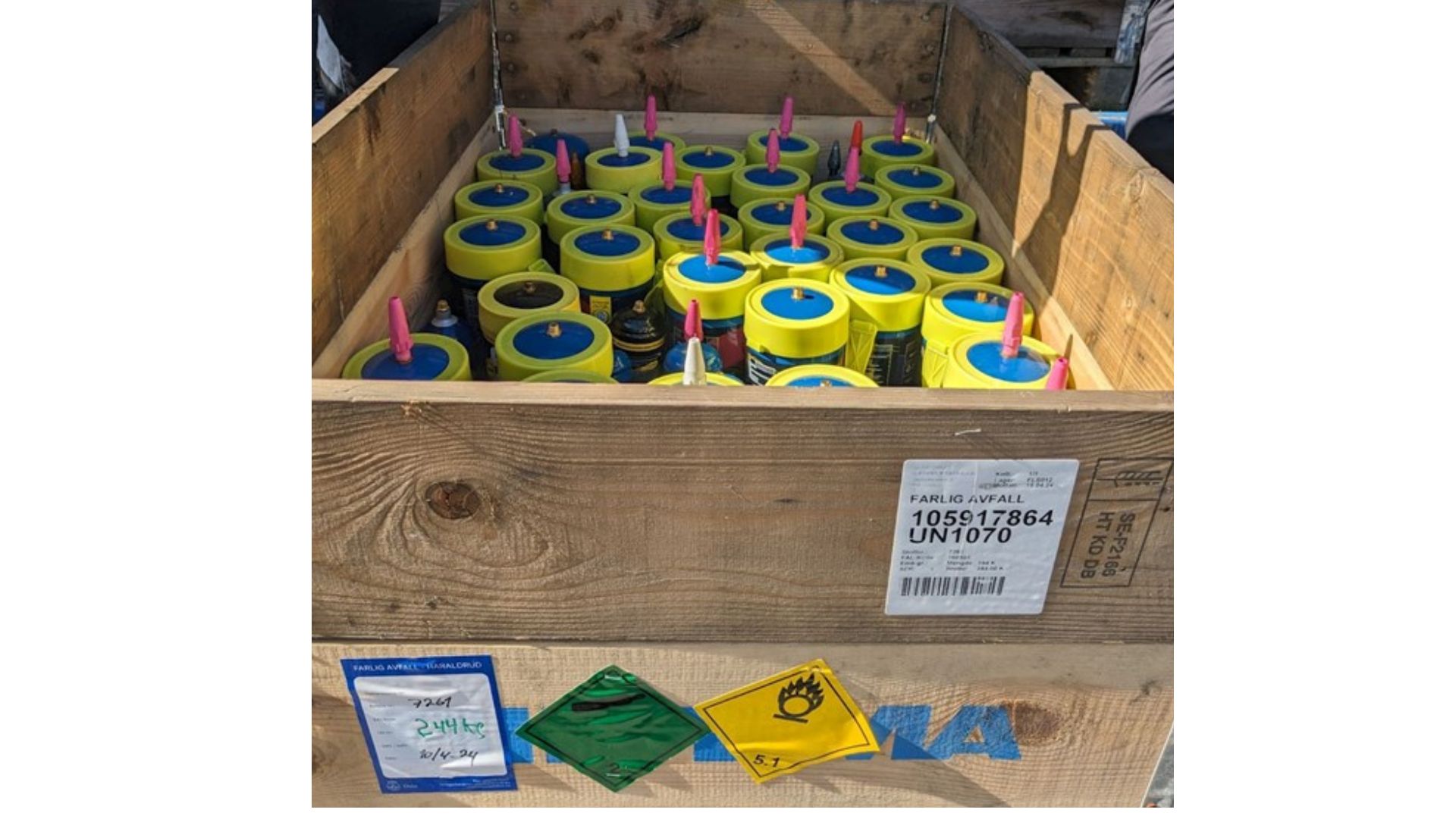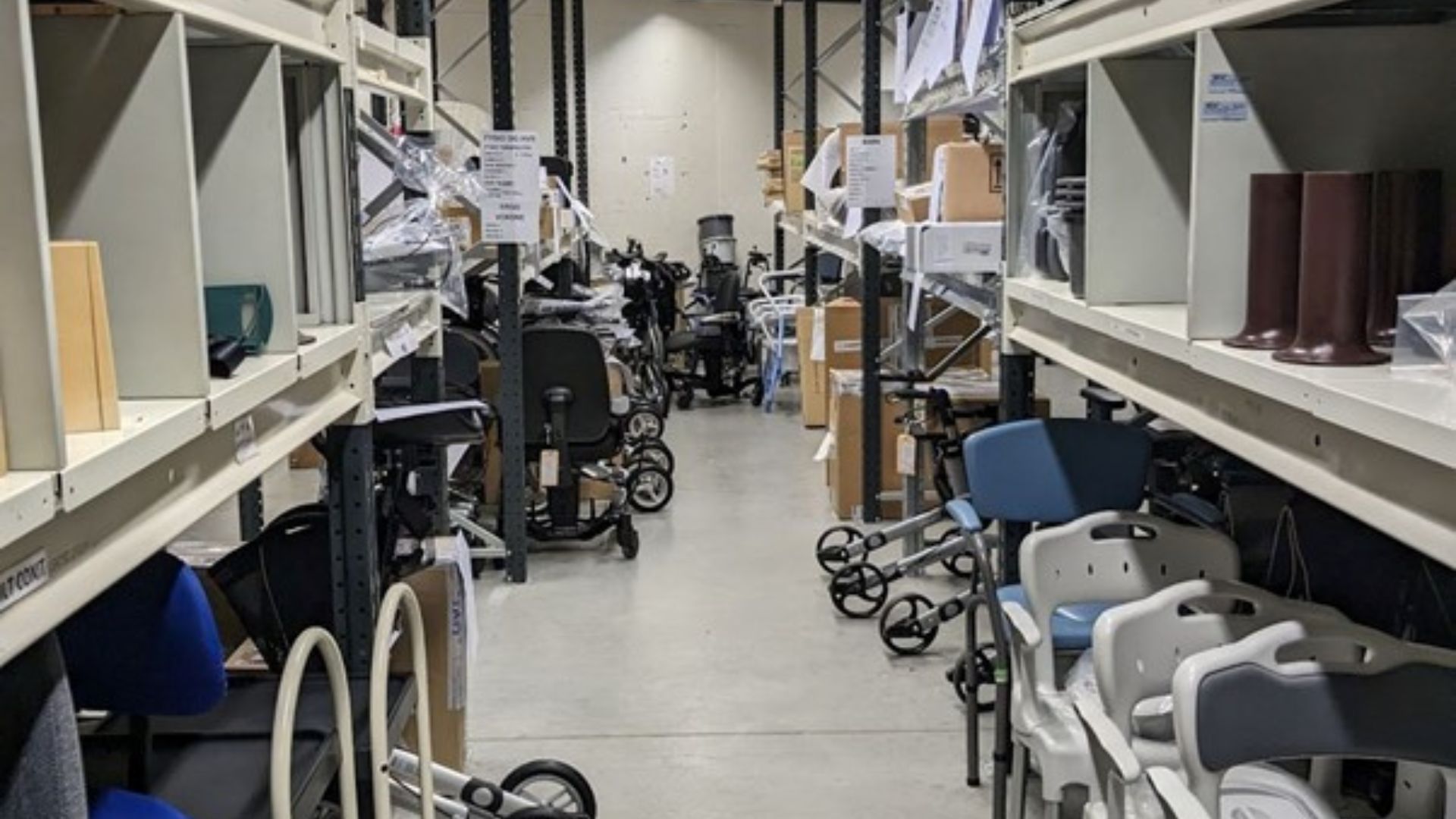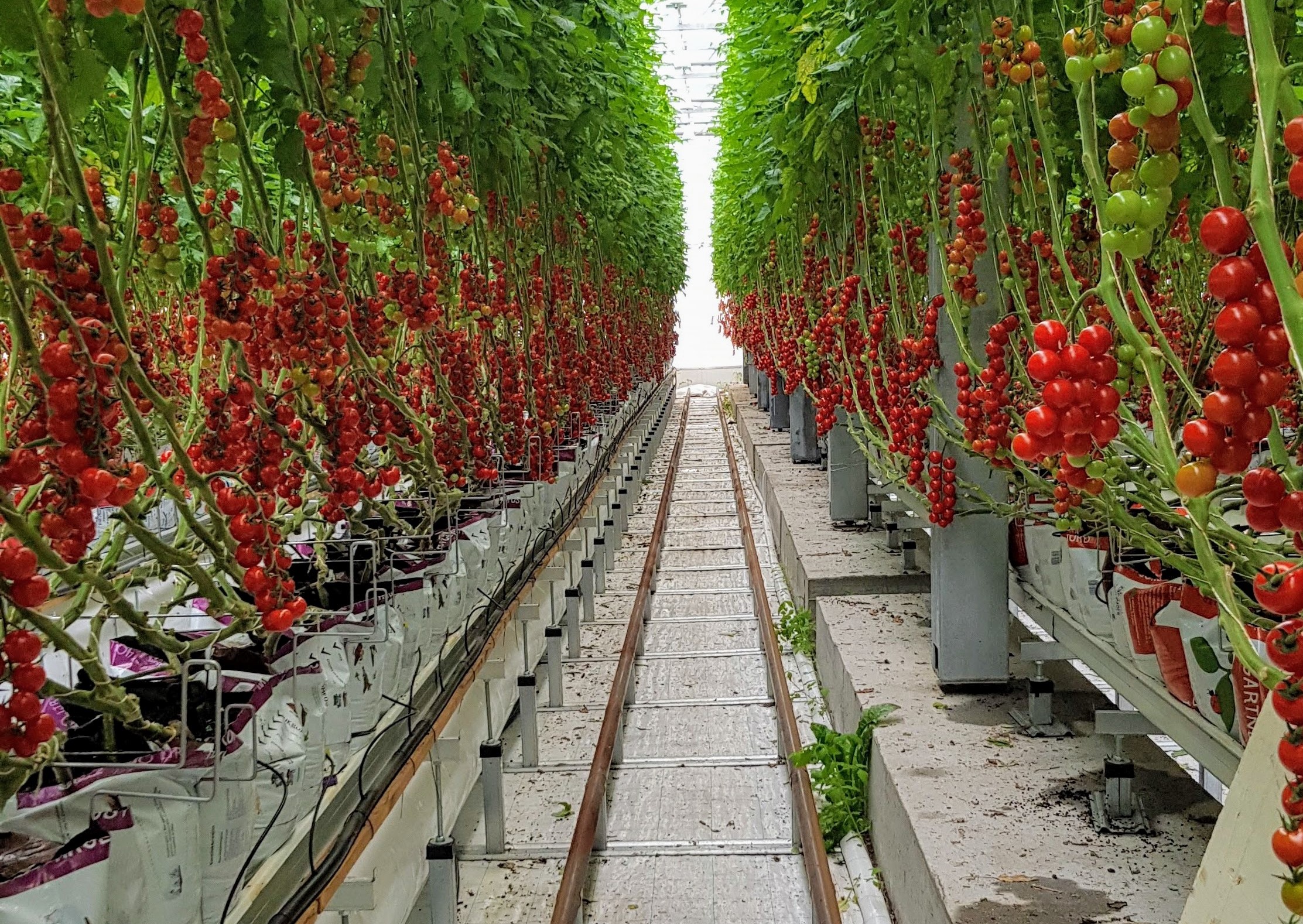Norwaste has mapped differences in how state managers set requirements for waste facilities that receive, intermediate storage and process waste.
The survey shows that there are differences in requirements for waste facilities, both from county to county, but also within the same county. There are differences in the structure of the permits, how the content is structured, what requirements are set and how the requirements are formulated.
Equal frameworks and conditions for waste facilities across the counties are important to ensure predictability, equal treatment and reduce the risk of distortion of competition. The work is part of a larger project where the Norwegian Environment Agency is preparing a plan for increased equal treatment. Norwaste has recommended three main points to the Norwegian Environment Agency to take this work further. 1) digitization and adaptation of templates, 2) guidance material for applicants and state administrators adapted to different types of waste facilities, and 3) regulation of requirements that are generally the same as support for permits.
Many older permits
One of the factors that there are differences between permits is the age of the permits and that some requirements are outdated in relation to current environmental requirements. Newer permits generally have more similar requirements. On a national basis, one third of the permits are older than 10 years. Digital application processes are desirable to facilitate and streamline the work for both applicants and for processing applications.
Plant owners point out that long processing times make it difficult to start new businesses or expand existing businesses.
Differences in technical requirements and discharge of water
Technical requirements are, for example, requirements for the installation of facilities. Here there are differences within the same county and for different and the same types of facilities. It is often certain activities that determine whether there are requirements for installation. The same applies to requirements for cover, whether it is to be solid or tight cover, or solid impenetrable cover.
Requirements for discharges to water vary greatly depending on the type of business, but we have also registered different approaches to describe the requirements. Some counties place more emphasis on plant owners' own environmental risk analysis and leave owners to propose measures. Others make more direct demands, e.g. maximum content of oil in water. There is variation in the types of water that are required, clean / polluted surface water, process water, rinsing water, washing water, leachate etc. Different terminology for discharges to water is common in the permits and can contribute to conceptual confusion. The vast majority of plants have requirements for an oil separator and an upper limit for the average content of oil in the water that goes to the surface water network and drainage network.
Facilities that do not always have a permit
There are some waste facilities that do not have a permit for the business. The differences may be due to e.g. assessment of pollution potential and whether facilities have an unsightly effect in accordance with the Pollution Control Act, as well as priorities and capacity of state administrators. Facilities that are often treated differently include recycling stations, reception and treatment of garden waste, recycled asphalt / concrete and contaminated masses.
